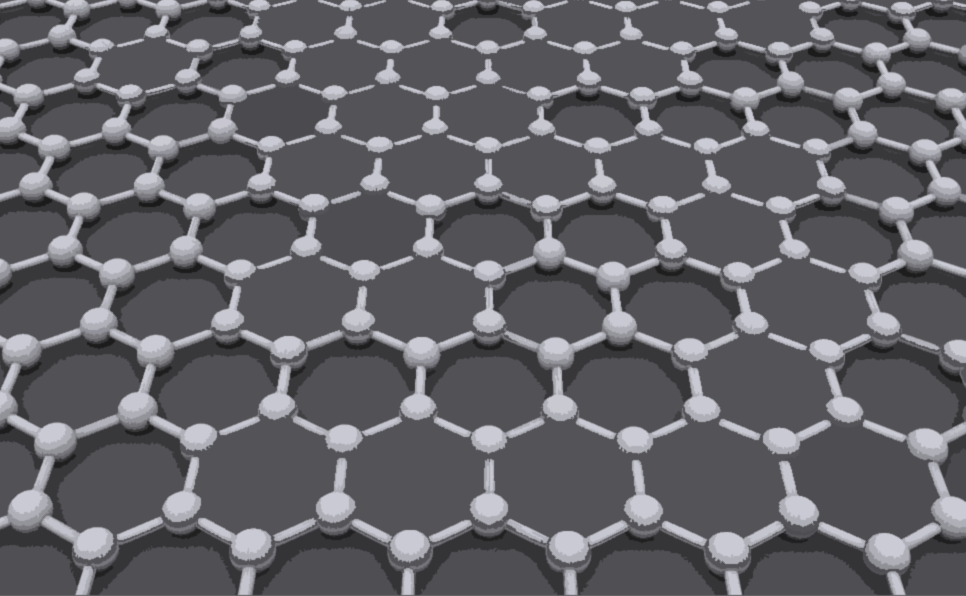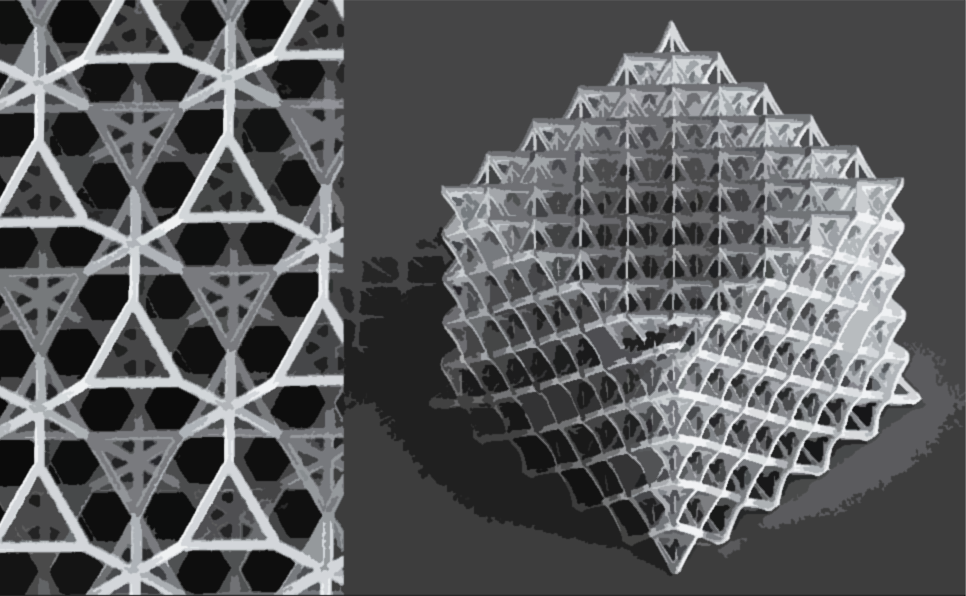Today I want to write about the combination of two different topics. Architecture and Nanotechnology.
Nanotechnology is a very interesting science. I asked ChatGPT to explain nanotechnology to us in one paragraph.
Nanotechnology is the science of manipulating materials on an extremely small scale, measured in nanometers (billionths of a meter). Imagine taking a human hair and slicing it into 100,000 thinner pieces—each piece is about a nanometer wide. Working at this small scale, scientists can create materials with unique and powerful properties, such as super-strong materials, highly efficient insulators, or self-cleaning surfaces. These small innovations have big impacts, making everyday products better, stronger and more efficient.
So it can be said that nanotech can actually help architecture a lot. We can do things that we have only dreamed of before. These works will affect our design, as well as costs, quality of life and spaces that will be created.
Currently (even with the advancement of technology) we have a series of limitations in the construction of buildings. We cannot make whatever we want. Our materials are not strong enough to build a space elevator. Of course, the money to do this will be very high.
Nanotech can solve these problems.
Graphene

One of the interesting examples in nanotech is graphene. This time I asked Chat GPT to explain graphene in one paragraph.
Graphene is a single layer of carbon atoms arranged in a two-dimensional honeycomb lattice. Renowned for its exceptional properties, graphene is incredibly strong—about 200 times stronger than steel—while remaining lightweight and flexible. It exhibits remarkable electrical and thermal conductivity, making it an ideal material for a wide range of applications, including electronics, energy storage, and composites. Additionally, graphene’s high surface area and chemical stability further enhance its utility in various industries. Discovered in 2004, this nanomaterial has sparked significant research and development due to its potential to revolutionize technologies and materials across numerous fields.
So we have a very interesting material called graphene. We have several other nanomaterials that are every bit as interesting as graphene.
The problem is that the cost of these materials is high. For example, we have to spend 1000 dollars for each gram of graphene.
But our discussion is something more important. We have the ability to shake atoms and create new materials with new rules.
NanoArch
What I like to call “NanoArch” will be one of the branches of architecture in the future. Our buildings will no longer look like what we see today.
One point is that design studios in the future are not just a studio for design. In my opinion, studios should include different R&D groups. These groups can work on technology and architecture.
Like it or not, architecture is still lagging behind technology. Buildings have been built in the same way for a long time. I don’t mean that these methods are bad, but I think they can be better. New building construction methods give us a new view of the spaces we can create.
So What Can We Do?
Well, I think it is better to talk about the interaction between nanotech and architecture.
Self Cleaning Surfaces
One of the costs of the building is the cost of its maintenance. We can create surfaces to repair itself when damaged.
Energy Efficiency
Nanomaterials can improve insulation, resulting in substantial energy savings by decreasing the need for heating and cooling.
Lightweight Construction
Nanomaterials offer high strength-to-weight ratios, enabling the creation of lighter, more flexible construction materials that pave the way for innovative architectural designs.
Solar Energy
Solar panels are great, but they have one problem, and that is appearance. SolarCity made some efforts in this field, but it is still not enough. All materials must have the ability to absorb the sun’s energy.
Sustainable Materials
Nanotechnology can help create more sustainable building materials that minimize environmental impact and improve resource efficiency.
In general, the potential of nanotech is very high. It can create revolutionary changes not only in architecture but in all fields.




2 Responses
I think it’s a very interesting topic and you’ve reviewed it and you can get a very new view with the help of this topic 🫠✨❤️
🙏🥰